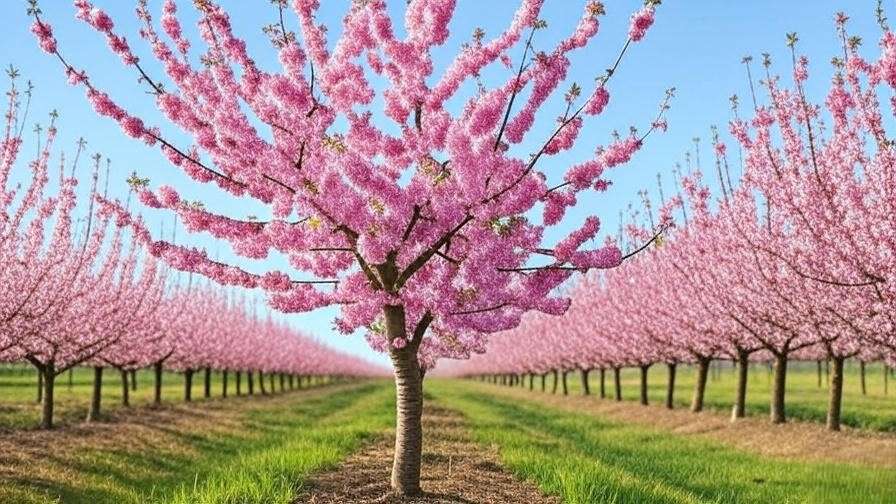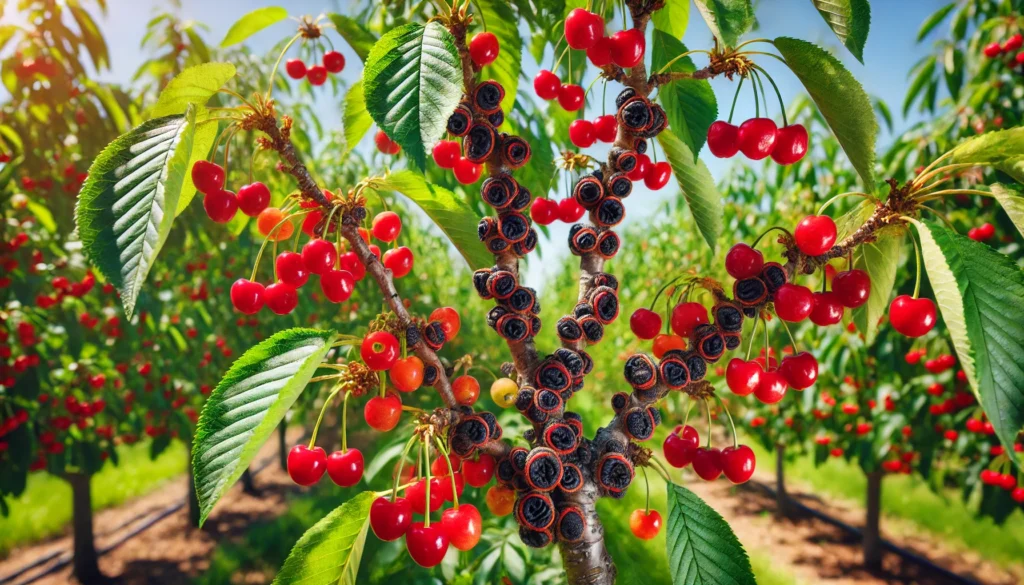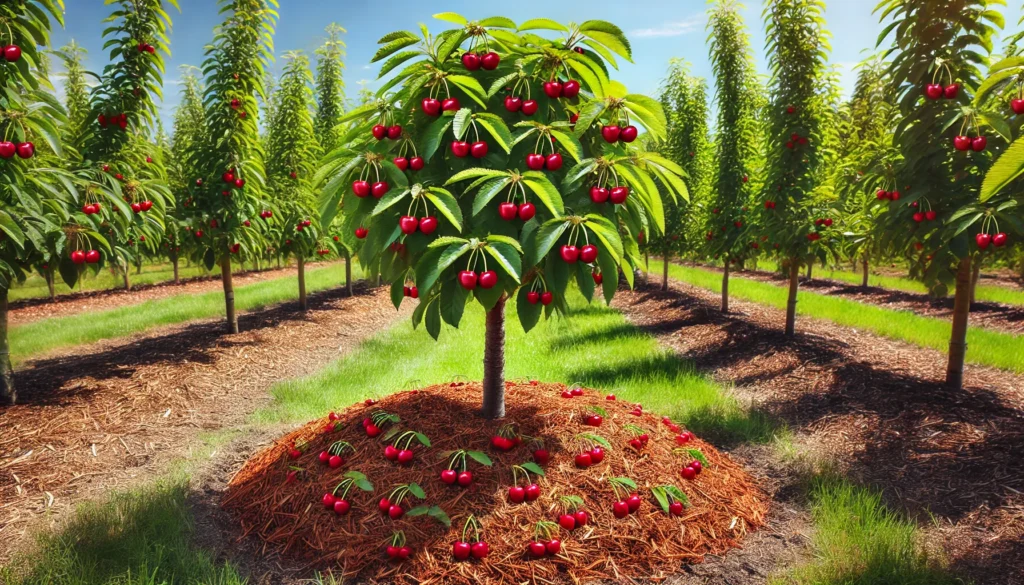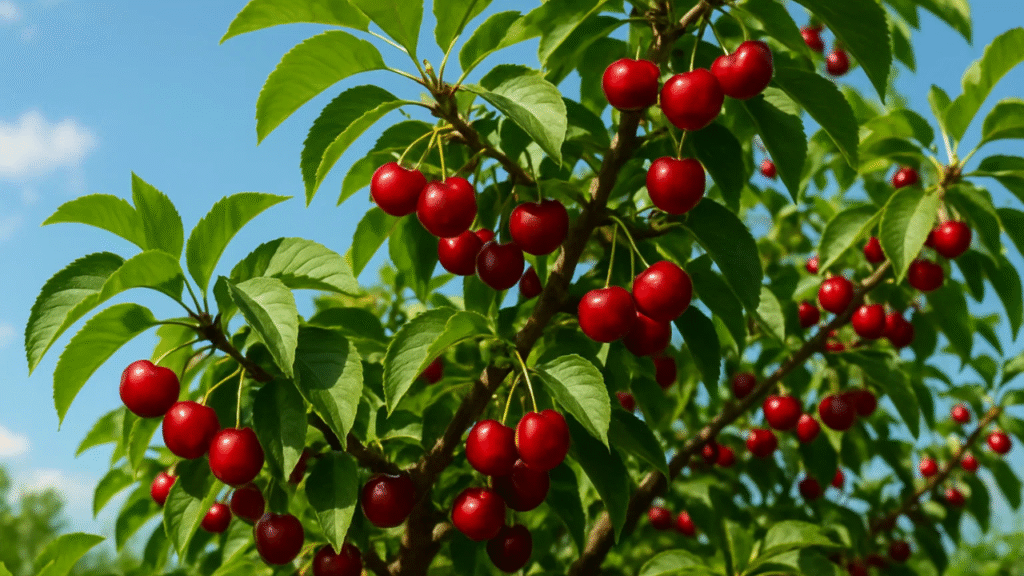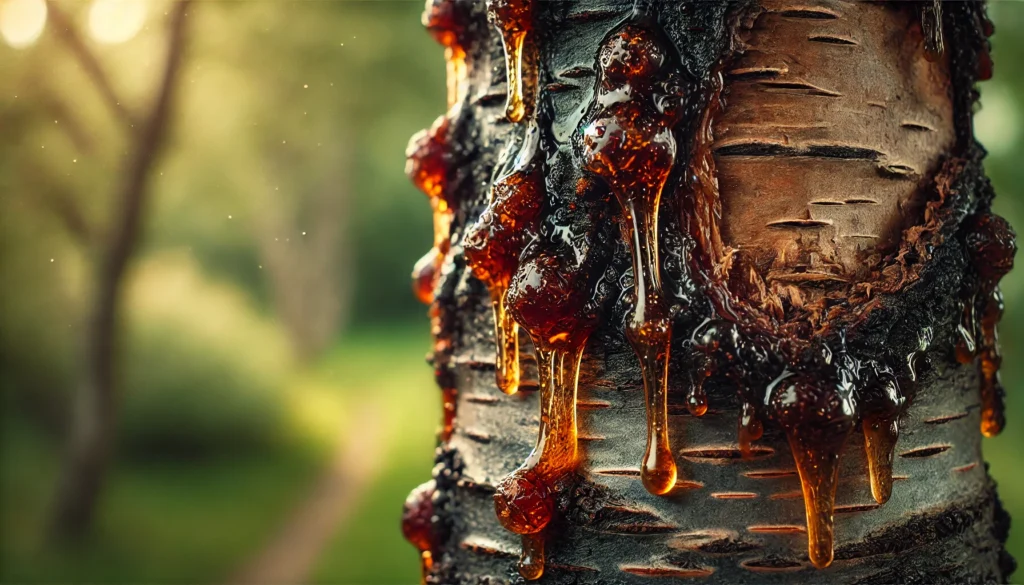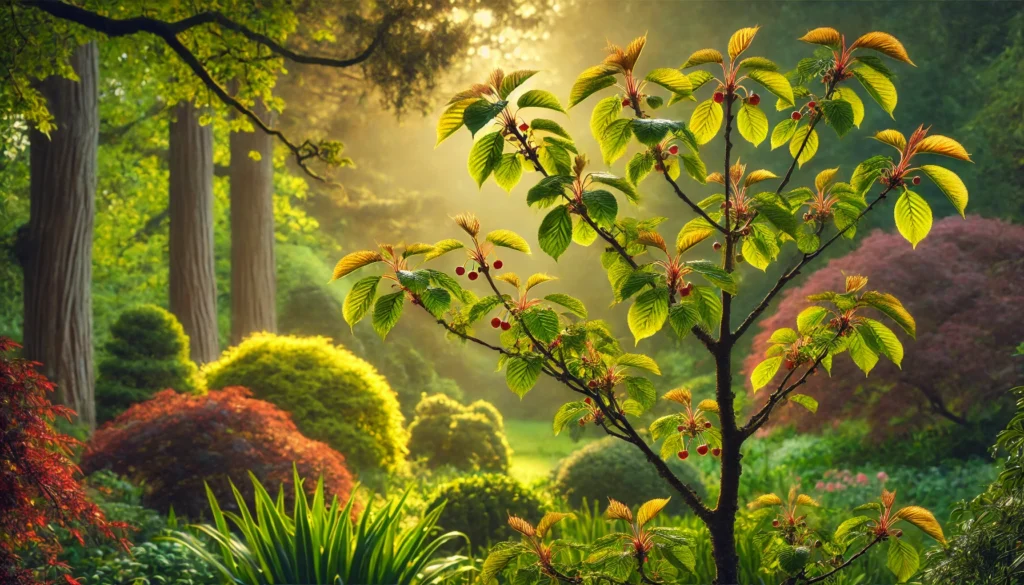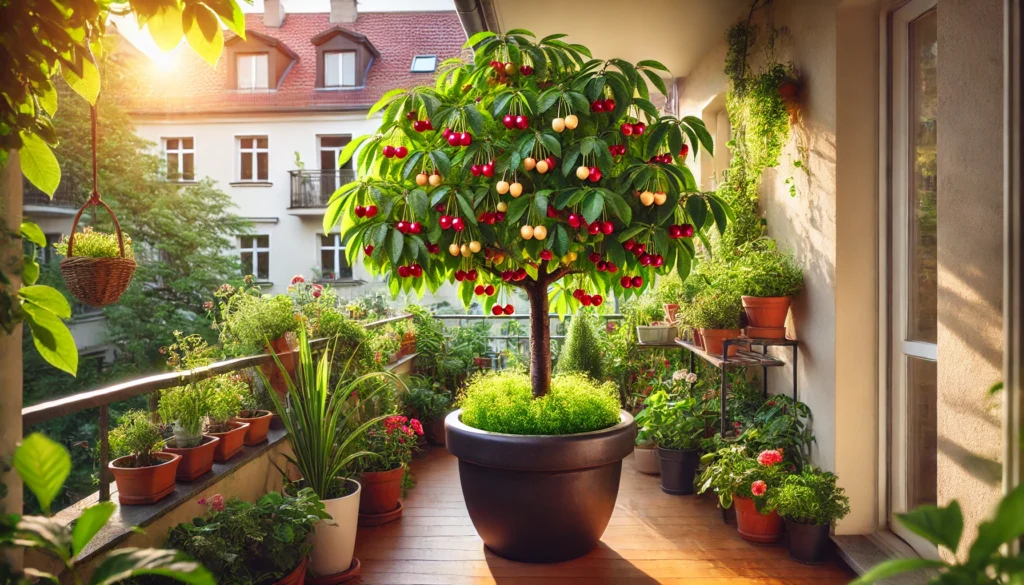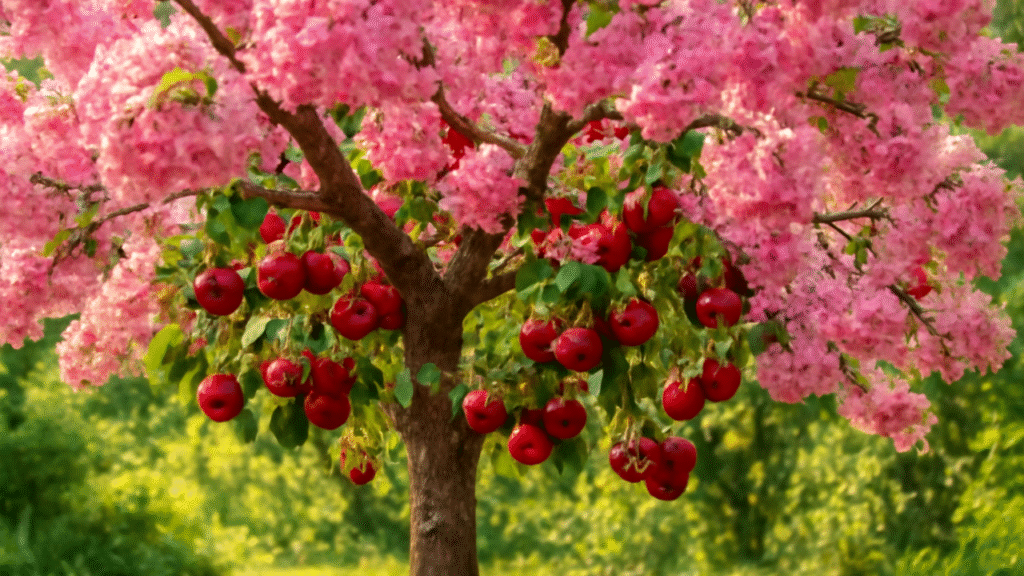Imagine stepping into your orchard, expecting vibrant cherry trees laden with fruit, only to find wilting leaves, stunted growth, and a sparse canopy. The culprit? Hidden beneath the soil, cherry tree root diseases could be silently undermining your orchard’s health. Learning how to avoid and treat cherry tree root diseases is essential for any grower aiming to cultivate a thriving orchard. Healthy roots are the foundation of vigorous trees, ensuring robust growth, bountiful harvests, and long-term vitality. In this comprehensive guide, we’ll share expert-backed strategies, grounded in years of horticultural experience and research from trusted sources like USDA extension services, to help you prevent, identify, and treat root diseases effectively. Whether you’re a seasoned grower or a backyard enthusiast, these actionable steps will empower you to protect your cherry trees and enjoy juicy cherries for years to come. 🌟
1. Understanding Cherry Tree Root Diseases 🕵️♀️
1.1 What Are Root Diseases and Why Are They a Threat? ⚠️
Root diseases in cherry trees are caused by pathogens like fungi, bacteria, or environmental stressors that attack the root system, impairing its ability to absorb water and nutrients. These diseases can devastate orchards, leading to reduced fruit production, weakened trees, and even tree death if left untreated. Cherry trees are particularly susceptible due to their shallow root systems and preference for well-drained soils, making them vulnerable to waterlogged conditions that foster pathogens. According to a 2023 study by the University of California Cooperative Extension, root diseases account for up to 30% of cherry tree losses in poorly managed orchards. Understanding these threats is the first step to safeguarding your trees. 🌳
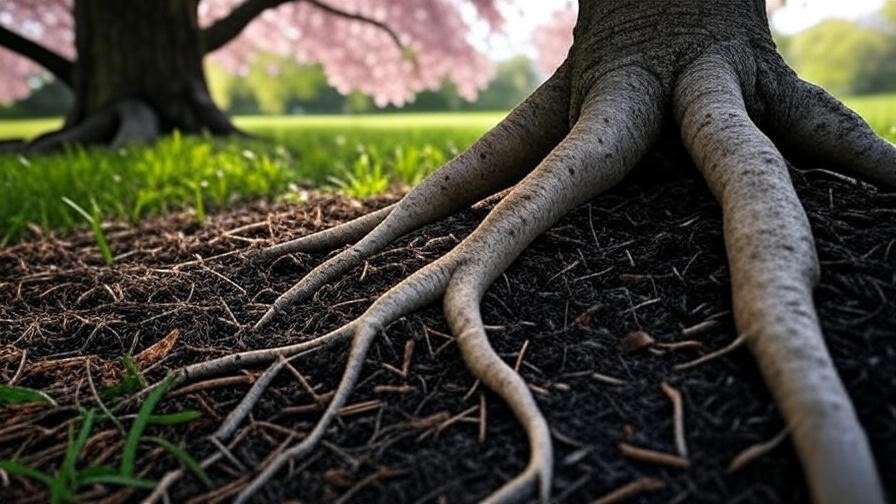
1.2 Common Types of Cherry Tree Root Diseases 🦠
Several root diseases commonly affect cherry trees, each with distinct symptoms and causes:
- Phytophthora Root Rot: Caused by the water mold Phytophthora spp., this disease thrives in wet, poorly drained soils. Symptoms include yellowing leaves, wilting, and stunted growth. Affected roots appear dark and mushy, often with a foul odor. It’s a leading cause of cherry tree decline in regions with heavy rainfall.
- Armillaria Root Rot (Oak Root Fungus): Triggered by Armillaria mellea, this aggressive fungus spreads through root-to-root contact or infected soil. Look for white fungal mats under the bark and mushrooms at the tree base, especially in fall. It can kill entire orchards if unchecked.
- Verticillium Wilt: Caused by Verticillium dahliae, this soil-borne fungus clogs the tree’s vascular system, leading to wilting leaves, branch dieback, and reduced fruit yield. It’s common in soils previously used for crops like tomatoes or potatoes.
- Crown Gall: A bacterial disease (Agrobacterium tumefaciens) that causes tumor-like growths on roots and the tree base, disrupting nutrient flow. Infected trees often show stunted growth and reduced vigor.
Expert Insight: Research from the American Phytopathological Society indicates that Phytophthora and Armillaria are responsible for over 50% of root-related cherry tree losses in North America, emphasizing the need for proactive prevention. 📊
2. How to Avoid Cherry Tree Root Diseases 🛡️
Preventing root diseases starts with smart planning and ongoing care. By creating optimal growing conditions, you can significantly reduce the risk of infection. Here’s how to keep your cherry trees healthy from the ground up. 🌿
2.1 Selecting Healthy Trees and Planting Wisely 🌱
- Choose Disease-Resistant Varieties: Opt for cherry tree rootstocks like Mazzard or Gisela, known for their resistance to root rot. For example, Mazzard rootstock is widely recommended by Oregon State University for its tolerance to wet soils.
- Source from Reputable Nurseries: Purchase trees from certified nurseries to ensure disease-free stock. Look for certifications from programs like the Clean Plant Network.
- Site Selection: Plant in well-drained, loamy soil with full sun exposure. Avoid low-lying areas where water pools, as these are breeding grounds for Phytophthora. Test soil drainage by digging a 12-inch hole, filling it with water, and ensuring it drains within 4–6 hours.
2.2 Soil Management for Disease Prevention 🏞️
Healthy soil is your first line of defense. Follow these steps to create a disease-resistant environment:
- Test Soil pH and Drainage: Cherry trees thrive in slightly acidic soil (pH 6.0–6.5). Use a soil test kit to check pH and nutrient levels, available at garden centers or through local extension services.
- Improve Drainage: In heavy clay soils, create raised beds or mounds (6–12 inches high) to prevent waterlogging. Incorporate organic matter like compost or aged manure to enhance soil structure.
- Encourage Beneficial Microbes: Healthy soil microbiomes suppress pathogens. Add organic amendments like mycorrhizal fungi inoculants to boost root health.
- DIY Soil Drainage Test: Dig a 12-inch deep hole, fill it with water, and time how long it takes to drain. If it takes longer than 6 hours, improve drainage with amendments or raised planting.
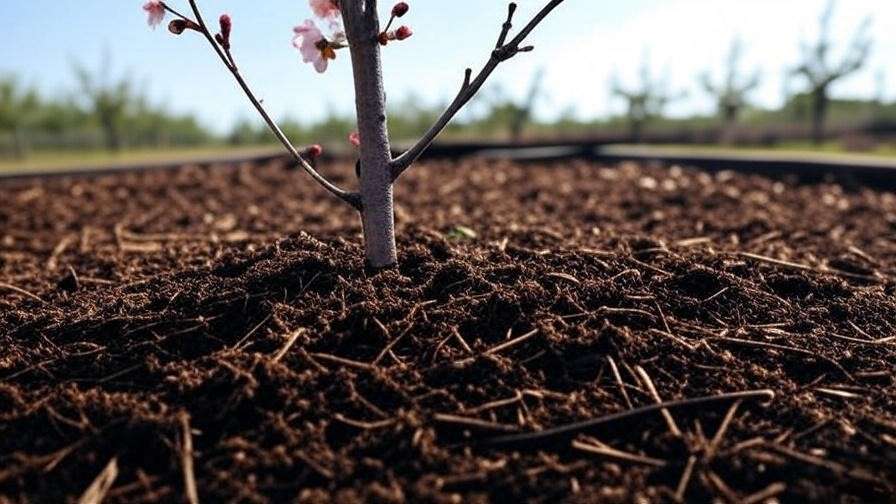
2.3 Watering and Irrigation Best Practices 💧
Overwatering is a primary cause of root rot. Implement these strategies:
- Use Drip Irrigation: Deliver water directly to the root zone, avoiding excess moisture. Aim for 1–2 inches of water per week, adjusted for rainfall.
- Water Early in the Day: Morning watering allows soil to dry before cooler evening temperatures, reducing fungal growth.
- Monitor Soil Moisture: Use a moisture meter to ensure soil is moist but not saturated. Overly wet soil (above 30% moisture content) increases disease risk.
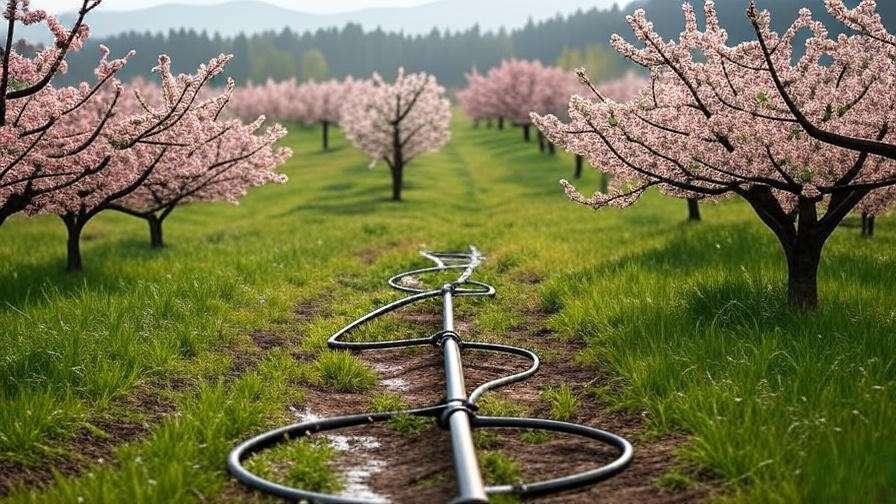
2.4 Cultural Practices to Boost Tree Immunity 🌿
- Prune Strategically: Remove dead or overcrowded branches to improve air circulation, reducing humidity around roots. Prune in late winter to minimize fungal entry.
- Mulch Wisely: Apply a 2–4 inch layer of organic mulch (e.g., wood chips or bark) around the tree base, keeping it 6 inches from the trunk to prevent rot. Mulch regulates soil temperature and moisture.
- Avoid Root Damage: Protect roots from lawnmowers or tillers, as wounds provide entry points for pathogens.
- Case Study: A Michigan cherry orchard reduced Phytophthora incidence by 40% by implementing raised beds and mulching, as reported by Michigan State University Extension in 2024.
3. How to Identify Cherry Tree Root Diseases Early 🔍
Early detection is critical to saving affected trees. Knowing what to look for can make all the difference. 👀
3.1 Recognizing Symptoms of Root Issues
- Above-Ground Signs: Watch for yellowing or wilting leaves, sparse canopy, reduced fruit size, or premature leaf drop. These often indicate root distress.
- Root-Specific Symptoms: Dig carefully near the root zone to inspect for dark, mushy roots (Phytophthora), white fungal mats (Armillaria), or abnormal growths (Crown Gall).
- Tree Behavior: Slow growth, branch dieback, or leaning trees may signal root problems.
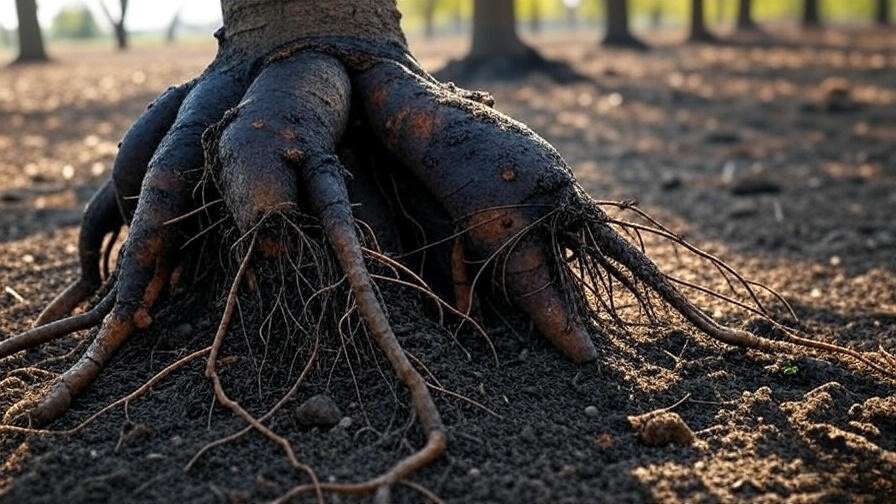
3.2 Diagnostic Tools and Techniques 🧪
- Root Inspection: Use a garden trowel to gently expose roots. Healthy roots are white and firm; diseased roots are discolored, soft, or swollen.
- Soil Sampling: Collect soil samples from the root zone and send them to a lab for pathogen testing. Local extension services often provide affordable analysis.
- Consult Experts: Work with certified arborists or extension agents for accurate diagnosis, especially for complex cases like Verticillium wilt.
- Expert Insight: The American Phytopathological Society recommends combining visual inspection with lab testing for definitive diagnosis, as symptoms can overlap across diseases.
3. How to Identify Cherry Tree Root Diseases Early 🔍 (Continued)
3.2 Diagnostic Tools and Techniques 🧪 (Continued)
- Technology Aids: Use smartphone apps like Plantix or iNaturalist to log symptoms and get preliminary disease identification. These tools can help you document and share images with experts for further analysis.
- Seasonal Timing: Inspect trees in early spring or late fall when symptoms are most visible, as dormancy makes it easier to spot irregularities like fungal growth or root discoloration.
- Expert Tip: Keep a journal of your observations, noting dates, weather conditions, and symptoms. This record can help extension agents or arborists pinpoint the issue faster. 📝
4. Treating Cherry Tree Root Diseases Effectively 🩺
Once a root disease is identified, swift and targeted action is crucial to save your cherry trees and prevent further spread. Here’s how to tackle these issues with precision and care. 🚑
4.1 Immediate Steps for Diseased Trees
- Isolate Affected Areas: If possible, remove and dispose of heavily infected soil or roots to limit pathogen spread. Use a shovel to carefully excavate around the root zone, avoiding damage to healthy roots.
- Disinfect Tools: Clean all tools with a 10% bleach solution or 70% rubbing alcohol after working on infected trees to prevent cross-contamination to healthy ones.
- Improve Drainage: If waterlogging is evident, create trenches or install drainage tiles to divert excess water. For Phytophthora root rot, improving drainage can slow disease progression significantly.
- Case Study: A Washington State cherry grower reported a 60% recovery rate for trees with early-stage Phytophthora by removing infected soil and improving drainage, as documented by Washington State University Extension in 2023.
4.2 Chemical and Organic Treatment Options 🌿🧪
Treating root diseases often requires a combination of chemical and organic approaches, tailored to the specific pathogen and orchard conditions.
- Chemical Fungicides:
- For Phytophthora root rot, apply fungicides like fosetyl-Al (Aliette) or mefenoxam (Ridomil Gold) as a soil drench, following label instructions. These are most effective when applied early in the disease cycle, ideally in spring.
- For Armillaria root rot, systemic fungicides are less effective, but soil fumigants like methyl bromide (where permitted) can suppress fungal spread in severe cases.
- Precaution: Always check local regulations, as some fungicides are restricted in certain regions. Consult with your county agricultural office for approved options.
- Organic Solutions:
- Introduce biocontrol agents like Trichoderma fungi, which compete with pathogenic fungi and can reduce Phytophthora and Armillaria populations. Products like RootShield are widely available.
- Apply compost teas enriched with beneficial microbes to enhance soil health and suppress pathogens naturally.
- Use neem oil as a soil drench to deter bacterial infections like Crown Gall, though efficacy varies.
- Comparison Table:
| Treatment Type | Efficacy | Cost | Environmental Impact |
| Fungicides (e.g., Fosetyl-Al) | High for Phytophthora | Moderate to High | Potential chemical runoff |
| Biocontrol (Trichoderma) | Moderate | Low to Moderate | Eco-friendly, sustainable |
| Compost Teas | Variable | Low | Minimal, improves soil health |
| Neem Oil | Low to Moderate | Low | Eco-friendly, limited efficacy |
- Expert Insight: A 2024 study by Cornell University found that combining Trichoderma with improved drainage reduced Phytophthora infection rates by 45% in cherry orchards, offering a sustainable alternative to chemical treatments.
4.3 Long-Term Recovery and Rehabilitation 🌳
Recovering from root diseases requires patience and ongoing care to restore tree health and prevent recurrence.
- Replanting with Resistant Rootstocks: After removing a severely diseased tree, wait at least one growing season before replanting. Use resistant rootstocks like Colt or Krymsk, which tolerate Phytophthora better than standard varieties.
- Soil Solarization: In warm climates, cover the soil with clear plastic for 4–6 weeks during summer to heat and kill pathogens. This is particularly effective for Verticillium and Phytophthora.
- Monitor Recovery: Check for new growth, improved leaf color, and fruit production in the seasons following treatment. Use a moisture meter to ensure optimal soil conditions.
- Success Story: A California cherry orchard recovered from Armillaria root rot by solarizing soil and replanting with resistant rootstocks, achieving a 70% survival rate for new trees, as reported by UC Davis Extension in 2024.
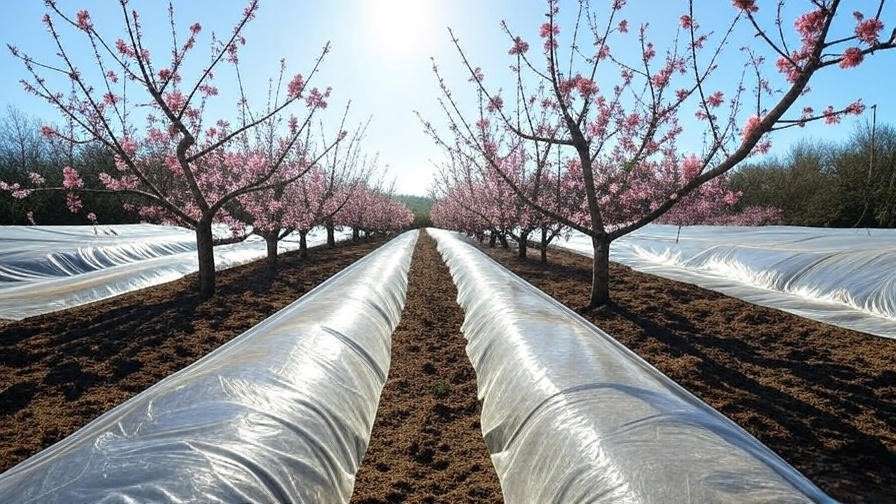
5. Proactive Maintenance for Long-Term Orchard Health 🌻
Preventing future outbreaks requires consistent care and vigilance. These practices will keep your cherry trees thriving for decades. 🌸
5.1 Regular Monitoring and Maintenance 📅
- Seasonal Inspections: Check trees in early spring for signs of stress and in fall for fungal growth. Look for changes in leaf color, growth patterns, or soil conditions.
- Track with Technology: Use apps like MyGarden or a simple spreadsheet to log tree health, irrigation schedules, and soil test results. This helps identify trends and catch issues early.
- Extension Services: Partner with local agricultural extension services for soil testing, workshops, or consultations. Many offer free or low-cost resources for growers.
5.2 Building a Disease-Resistant Orchard 🏡
- Diversify Varieties: Plant a mix of cherry cultivars (e.g., Bing, Rainier, and Lapins) to reduce the risk of widespread disease. Monocultures are more vulnerable to outbreaks.
- Companion Planting: Grow cover crops like clover or alfalfa between trees to improve soil health and suppress weeds, which can harbor pathogens.
- Annual Soil Testing: Test soil pH, nutrient levels, and pathogen presence yearly. Services like those from Penn State Extension provide detailed reports for under $20.
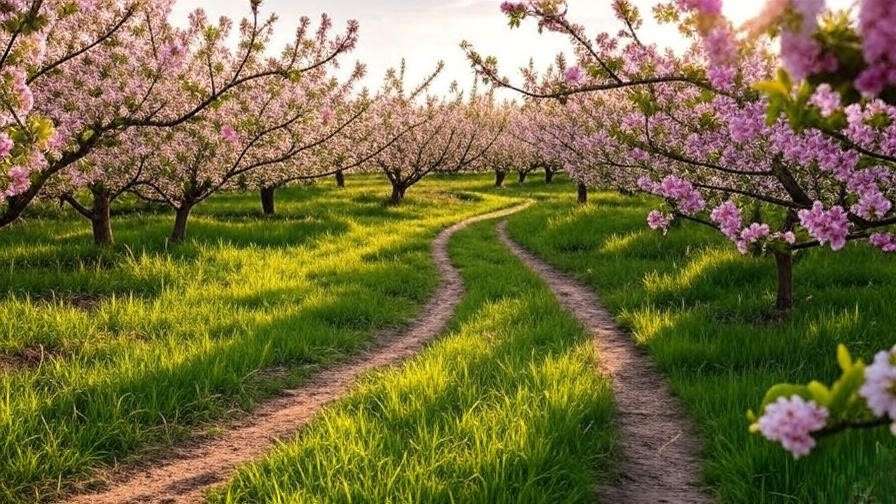
5.3 Educating Yourself and Your Community 📚
- Stay Informed: Attend webinars or workshops hosted by university extensions or organizations like the International Society of Arboriculture. Topics like soil health and disease management are often covered.
- Share Knowledge: Join local gardening clubs or online forums to exchange tips with other growers. Platforms like X are great for connecting with orchard enthusiasts.
- Resource List:
- USDA National Agricultural Library: nal.usda.gov
- University of California Cooperative Extension: ucanr.edu
- American Phytopathological Society: apsnet.org
6. FAQs: Common Questions About Cherry Tree Root Diseases ❓
- What are the first signs of root disease in cherry trees?
Yellowing or wilting leaves, reduced fruit yield, and stunted growth are early indicators. Inspect roots for dark, mushy textures or abnormal growths. - Can I save a cherry tree with severe root rot?
Early intervention can save trees with mild to moderate damage. Remove infected roots, improve drainage, and apply treatments like fungicides or biocontrols. Severe cases may require tree removal. - How often should I test my soil for pathogens?
Test soil annually or after heavy rainfall seasons to catch issues early. Local extension services can guide you on timing and methods. - Are there cherry tree varieties immune to root diseases?
No variety is fully immune, but rootstocks like Mazzard and Krymsk show strong resistance to Phytophthora and other pathogens. - What’s the best way to dispose of infected plant material?
Burn or bag and dispose of infected roots and soil in accordance with local regulations to prevent pathogen spread.
7. Conclusion: Growing Healthy Cherry Trees for Years to Come 🌸
Protecting your cherry trees from root diseases is a journey of proactive care, early detection, and effective treatment. By choosing resistant varieties, managing soil health, and monitoring for symptoms, you can prevent devastating losses and ensure a thriving orchard. Treatments like fungicides, biocontrols, and soil solarization offer hope even for infected trees, while long-term practices like mulching and crop diversity build resilience. Start today by testing your soil, inspecting your trees, and connecting with local experts. Share your experiences or questions in the comments below to join a community of passionate growers! 🌳

